November 5, 2024
Changing the Winter-Tidy Mindset
Let’s get inside our heads this week with Dr. Bob Duke and Dr. Art Markman, hosts of KUT’s popular podcast, Two Guys on Your Head, produced by Rebecca McInroy. Every week, this thoughtful duo taps into life’s concerns–big and small–with reasons behind what we do. “Ah ha” revelations dosed with a few laughs.
So, we couldn’t resist meeting them for what John Hart dubbed as “Two Guys on Your Head and in Your Landscape!” Together, they explore nature-to-garden perceptions and how becoming a better “noticer” factors into what we do.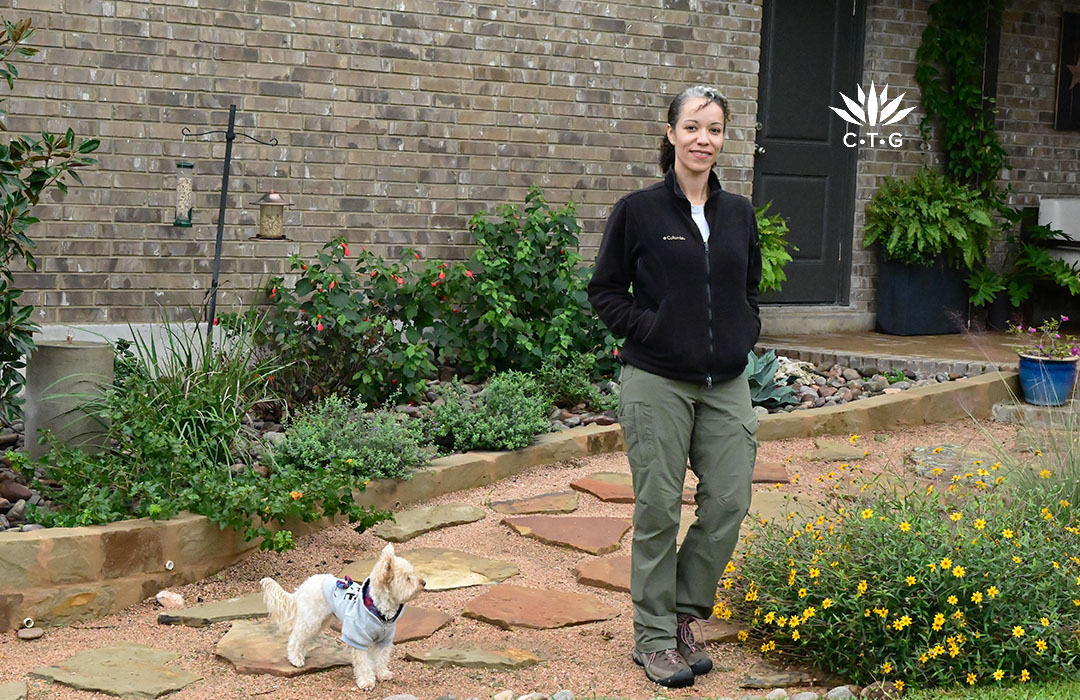
In Killeen, Army Veteran Natalie McAnarney notices a lot more wildlife since she got into gardening. “Initially, I just wanted things to be pretty, and then I wanted it to be pretty and sustainable. And then eventually I got to the place where I wanted to support the wildlife,” she told us on our visit last November.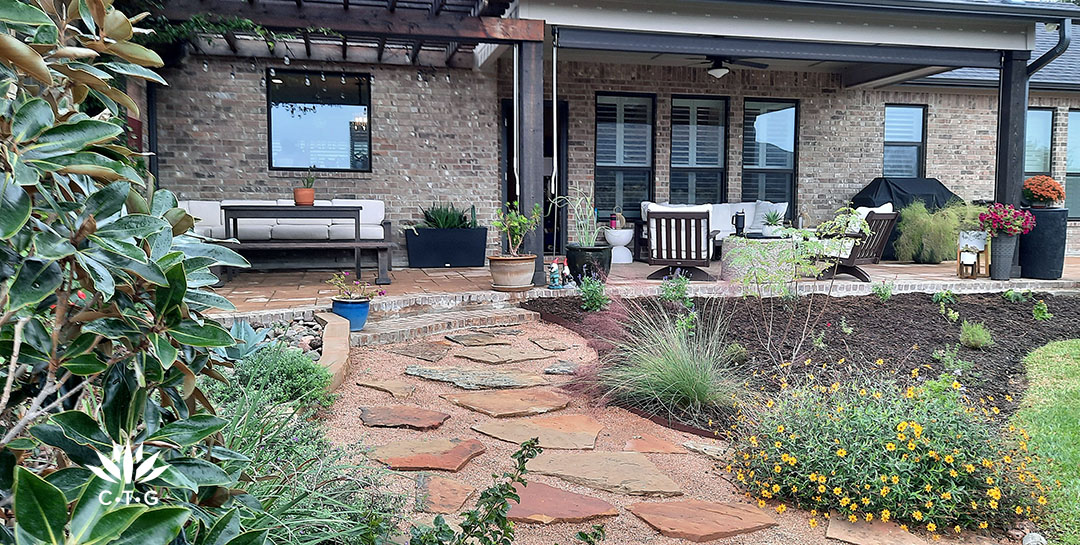
She wanted defined borders to create a sense of enclosure with Texas tough plants that harbor pollinators, birds, and lizards all year long. “I wanted it to feel like a big hug. And so I started along the fence line, and then I kind of have been slowly working my way around the patio, trying to create layers of interest, but also just sort of that enclosure,” she said.
Read our blog about Natalie’s garden and watch her story!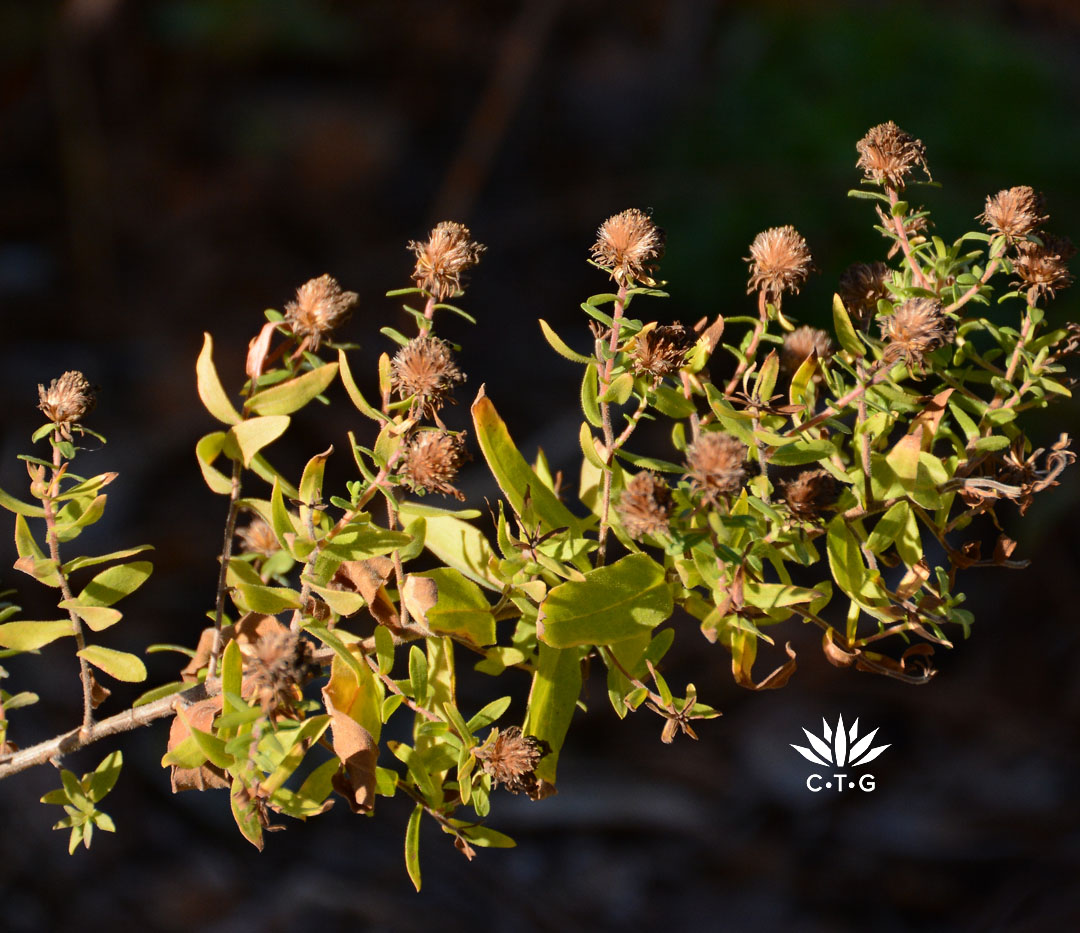
Now, here’s a good reason to not tidy up too much in winter! “If you want to help conserve pollinators, you need to think about how they spend the winter,” Texas A&M Senior Extension Program Specialist – IPM Wizzie Brown tells us.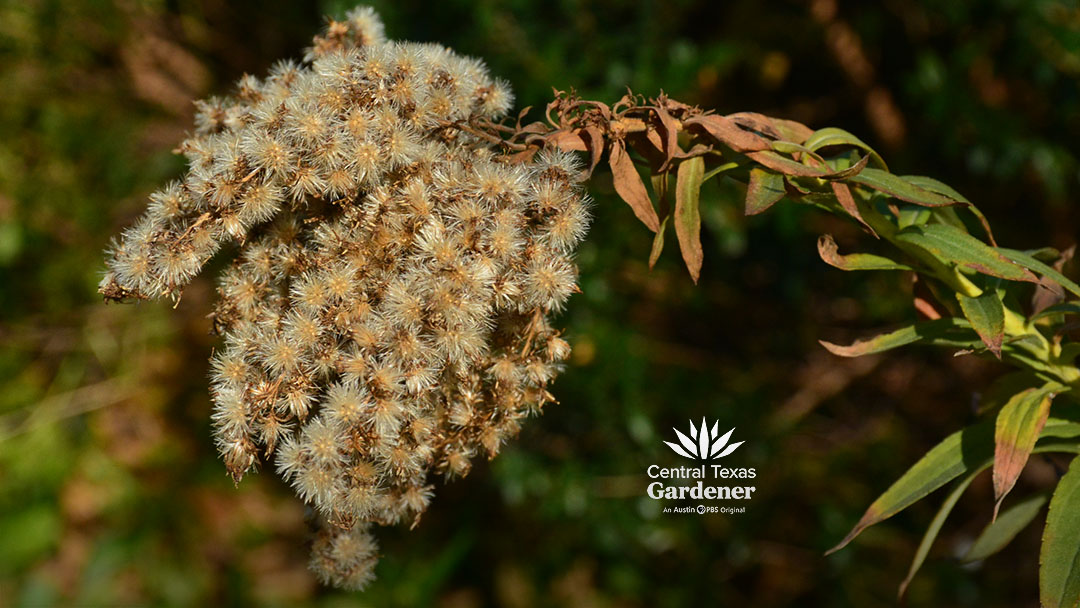
One way to have native bees, butterflies, fireflies, and other creatures next spring is to give them places to snuggle up when it gets cold. “Butterflies may overwinter in the egg stage, typically found near their host plant or some spend the winter as caterpillars, finding a sheltered area such as leaf litter or crevices of trees. Other butterflies overwinter as pupae in sheltered locations,” she adds. Birds welcome seed heads on spent fall flowers.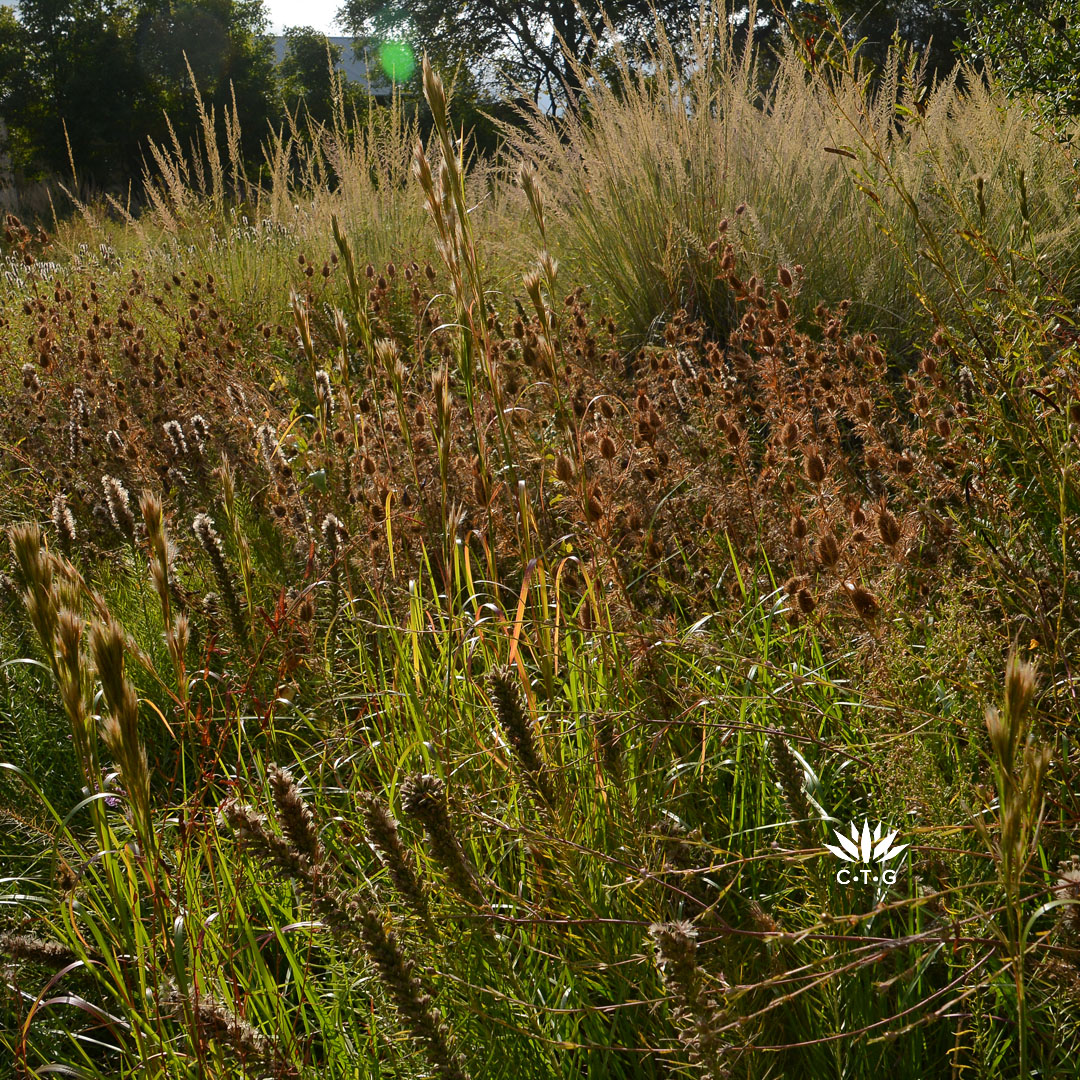
“Many of our native bees spend the winter as dormant mature larvae either in the ground below the frost line or in hollow stemmed or pithy plants. If you want to help native bees, leave foliage that falls from trees in the autumn in your yard to create an insulating layer over the soil. You can also help cavity nesting native bees by allowing hollow stemmed plants, like blackberry, thistle, or sunflower, to remain in your yard until the weather warms up the following spring. I typically leave any hollow stemmed plants until new growth begins to push out the following year. Both of these can help not only native bees, but other animals to have a cozy place to spend the winter,” she added.
I highly recommend this article from The Xerces Society, which includes phenomenal photographs of carpenter bee larvae inside an agave flower stem!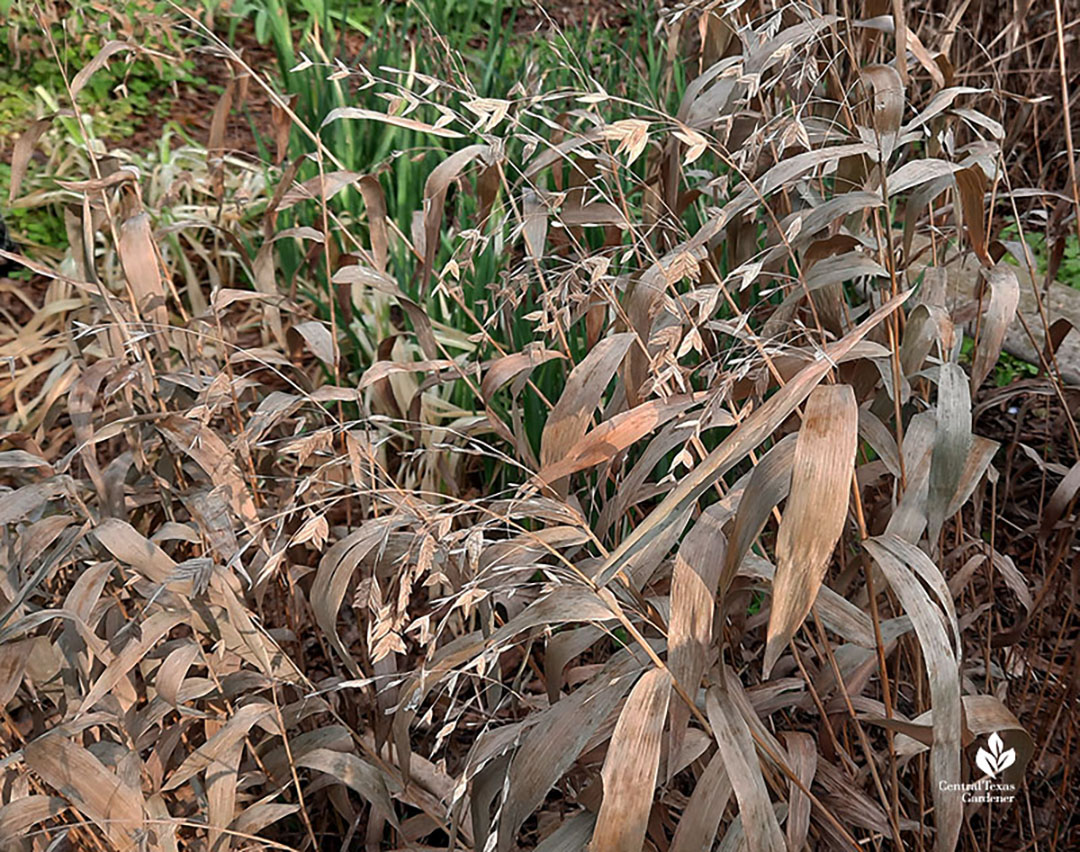
Planting native clumping grasses, including inland sea oats, Lindheimer muhly, and little bluestem add winter interest and excellent winter shelter for all kinds of insects and small creatures.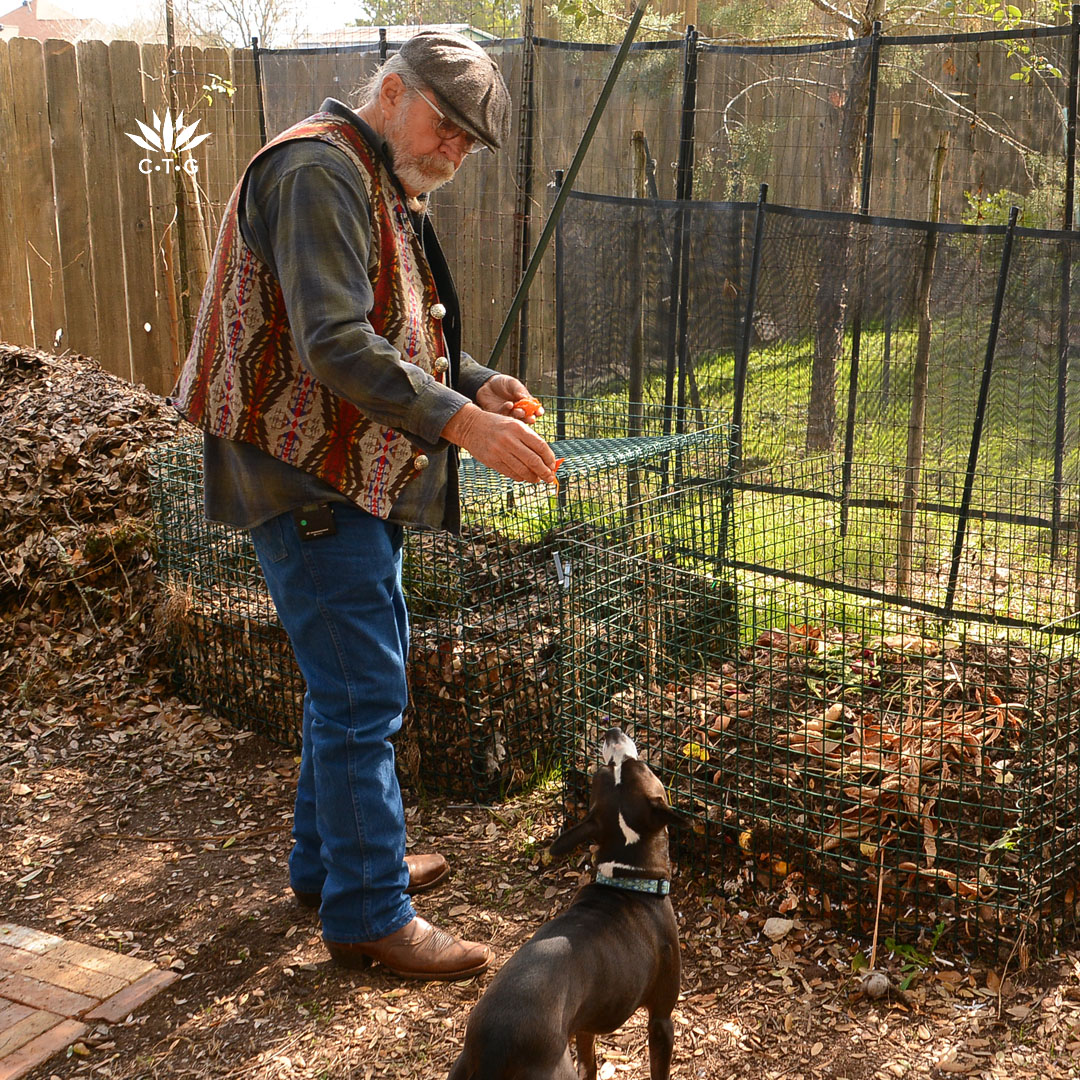
If you’re worried about too many leaves carpeting your yard: no worries! There’s plenty to go around. Scoot some off to beds and borders and stockpile some for the compost pile. Composting is not a new practice, yet many gardeners still believe that throwing synthetic fertilizers at their lawn or plants will make them “better.” What plants really need for good health and weather resilience is soil nourished by compost–and leaves add the essential carbon element.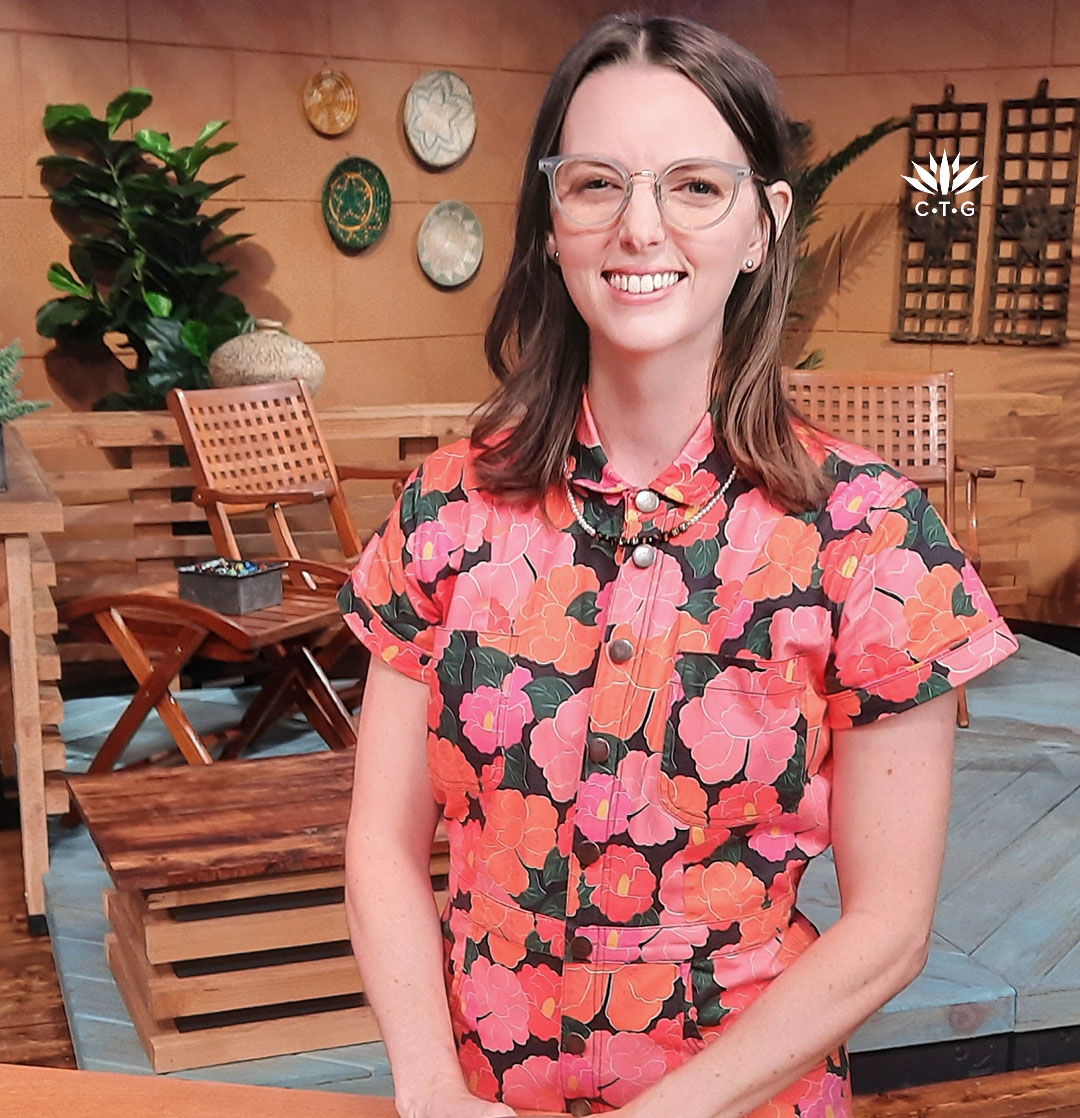
This week, soil scientist Andie Marsh thinks of compost as a “curated heap of decomposition, facilitated rotting, an incubator of soil life! I also regard it as a verb – a practice.” Discover how a compost pile is efficient at decomposition and get Andie’s top tips for raising a compost that’s teeming with life. And do follow her on Substack to be awed by thoughtful and fun revelations about soil science.
Watch now! And thank you for stopping by. Linda